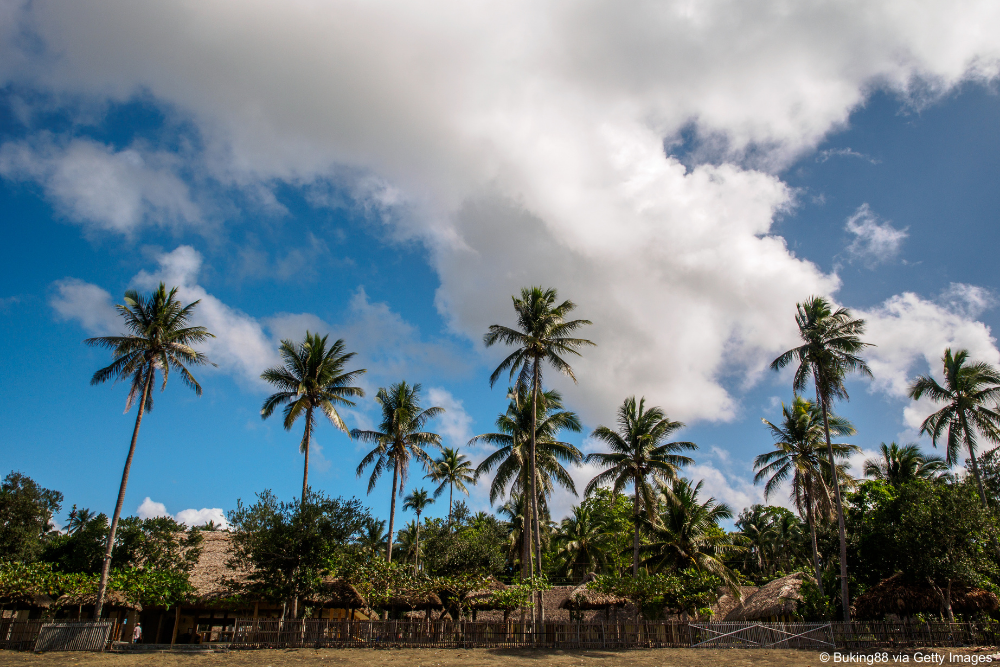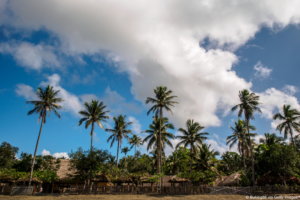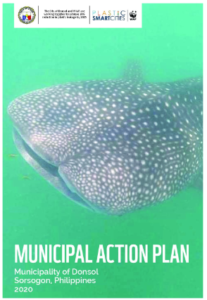DONSOL
Donsol envisions “A clean and peaceful place where a green environment is sustained enjoyed by resilient community.”

 | CITY: Donsol COUNTRY: Philippines POPULATION: 49,711 JOINED: November 2019 OFFICIAL WEBSITE: https://www.sorsogon.gov.ph/ CONNECT: Facebook |
For more than a decade, Sorsogon’s main tourist attraction and chief economic driver has been the whale shark interaction. Tourists from around the world who seek the thrill of swimming and interacting with these gentle giants of the sea, locally known as “Butanding” the biggest fish in the world, which can grow to 18 meters long, they can weigh up to 40 tons and can live up to 100 years abounds off the shores of the laid-back town of Donsol to feed on plankton, krill and juvenile fish. Times Magazine dubbed it as the “Best Animal Interaction in Asia”.
Firefly Watching, is an enchanting experience wherein, one could witness the numerous male fireflies flashing lights to attract female. Local fishermen will quietly paddle you along Donsol river or Ugod River to be mesmerized by the dazzling display lights made by thousands of fireflies.
Just recently, the road connecting Donsol all the way to Jovellar and Pio Duran has been completed. This major road infrastructure is the result of the convergence project of the Department of Tourism and the Department of Public Works and Highways, with one significant goal, all constructions of road shall be leading to major tourist destinations. Accessibility and ease of travel provides our guests with a hassle-free experience.
http://www.sorsogon.gov.ph/tourism/interactive-map/donsol/
BASELINE DATA ANALYSIS
WWF established baselines on waste generation, existing waste management systems, and estimated plastic waste leakage into nature at the project onset. A Waste Analysis Characterization Study (WACS) is implemented combined with GIS mapping. Outputs include waste volume and characterization of at-source and at-disposal wastes, an assessment of the current waste management system, priority intervention areas, and a Waste Flow Diagram (WFD).
For Donsol, baselining was conducted in 2020 by AMH Philippines and WWF Philippines. Results showed that the average daily tonnage of waste for 20 barangays was 6.45 tons/day. Biodegradables -- yard waste in particular -- comprise the majority of the wastes collected and disposed of at 47.79% or 3.87 tons. The second most prevalent type of waste was waste plastics at 16.3% or 2.58 tons, mainly in low-density polyethylene (LDPE) or plastic packaging such as food wrappers, plastic bags, and similar thin packaging films. Inland barangays that were inaccessible to the waste collectors disposed of their waste by buying or burning, feeding food waste to pets, or leaving the waste in their backyards to decompose.

Access Donsol Action Plan here.
Playlist
Explore other cities in the Philippines

Geocoding Error Occured.
Tried to Geocode:
Error Type:
Please be sure to follow the tutorial on how to setup the Google APIs required for the Advanced Google Map Widget.
Google Map API Key Tutorial






